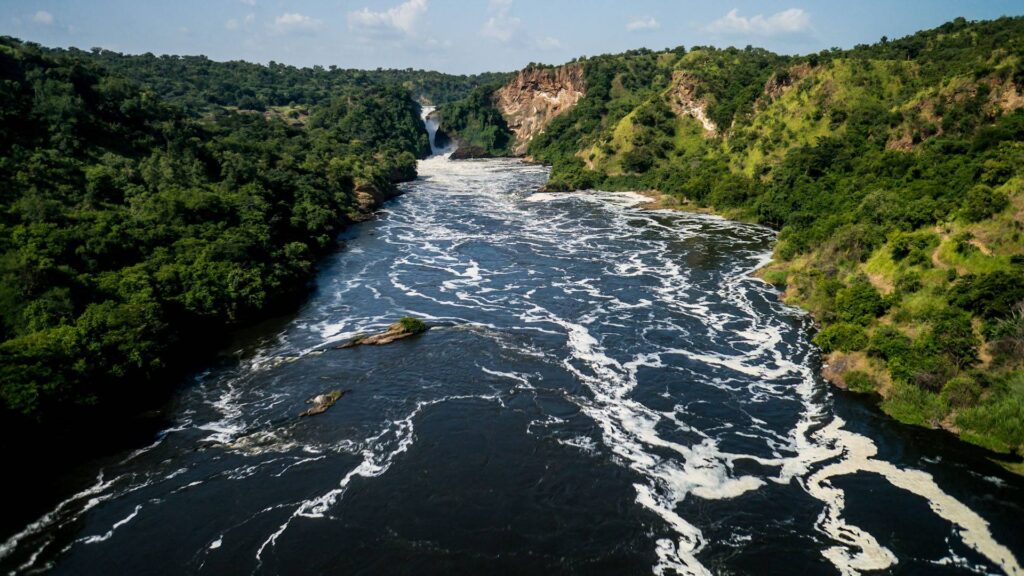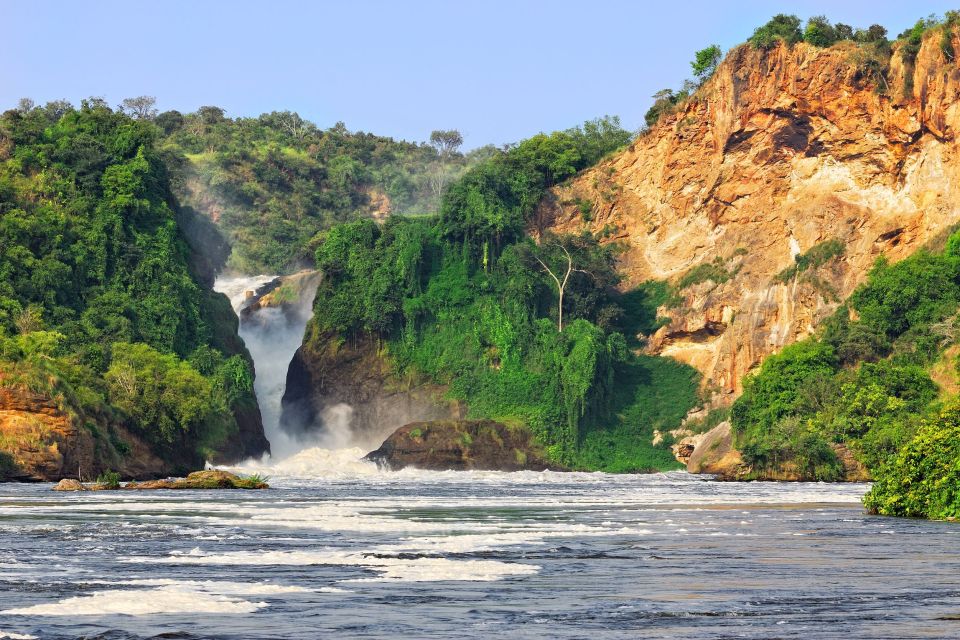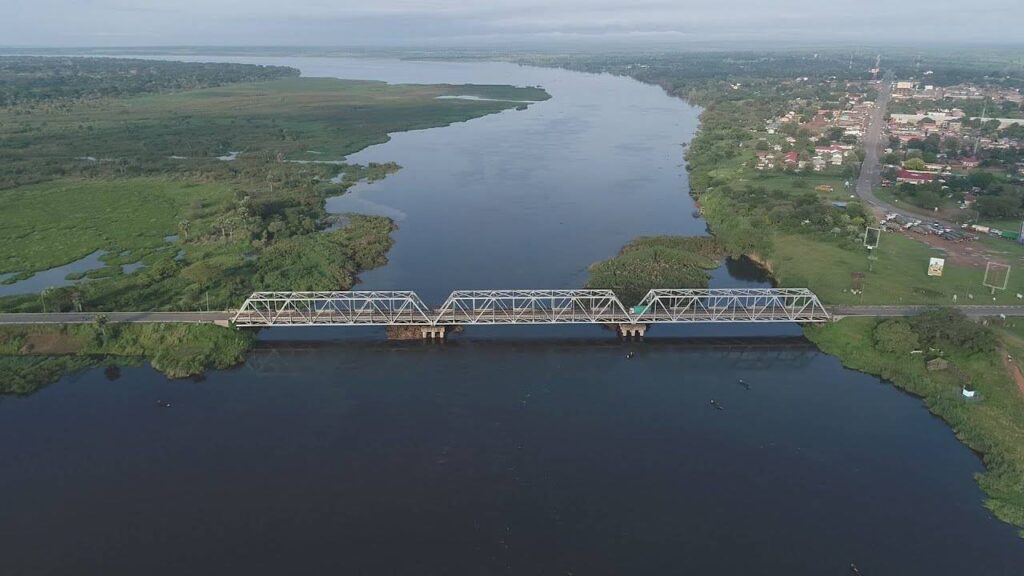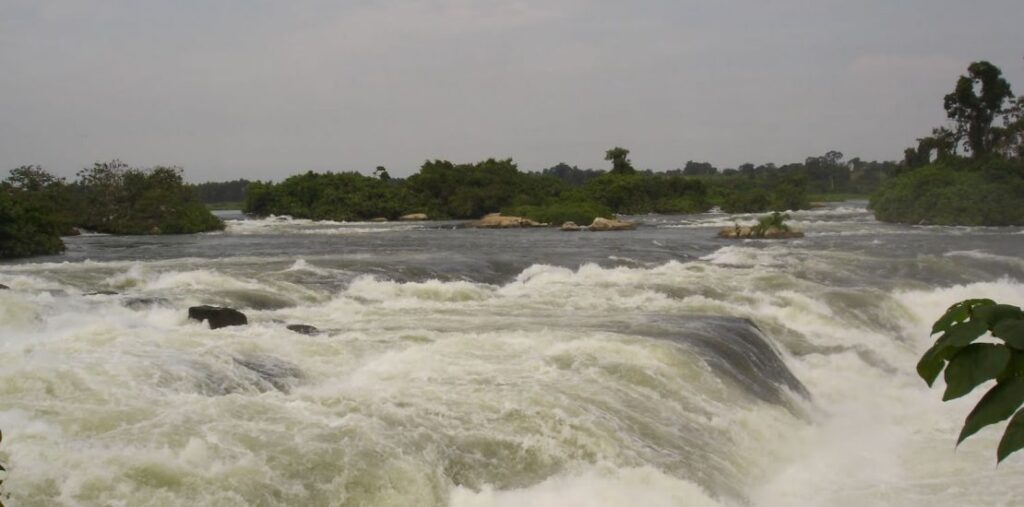How Many Rivers Are There In Uganda?
How Many Rivers Are There In Uganda? Uganda, a landlocked nation, is well known for its breathtakingly gorgeous natural settings, which include a network of numerous rivers and other bodies of water that crisscross its lovely landscapes and have a better climate than most of Africa. Furthermore, Uganda is home to a huge number of rivers that vary in size from large to tiny, and these rivers are essential to the geography, economy, and culture of the nation. These rivers also play a significant role in delivering water for farming, creating lush landscapes, and producing hydropower. A few of these rivers are;

The River Nile.
The River Nile, which flows through the northern portion of the nation, is renowned for being the most important river there. Furthermore, this river is not only vital to Uganda, but it is also among the biggest rivers in the world and has significant historical and cultural significance. Furthermore, a large number of visitors come to Uganda from all over the world to witness this river, which boosts the growth of the country’s tourism sector. Kenya and Tanzania also share the river, though.
The Victoria Nile.

The second-biggest freshwater lake, the Victoria Nile, is regarded as the main branch of the Nile River that rises from Lake Victoria. The construction of the hydroelectric power units known as Bujagali Falls and Owen Falls is also greatly influenced by the Victoria Nile. Furthermore, this river supplies water that is helpful and supports various economic activities in addition to being used for agriculture.
The Albert Nile.

Another tributary of the Nile that rose from Lake Albert is the Albert Nile, which borders the Democratic Republic of the Congo among other nations. Furthermore, this river travels northward until joining the Sudanese White Nile at some point.
River Kafu.

One of Uganda‘s lesser rivers, the Kafu, is known to go through the country’s western section before joining the Victoria Nile. Furthermore, the Kafu River is essential in removing water from the western area and the Rwenzori Mountains, which helps agriculture and sustains the nearby local communities.
The River Mpologoma.
The Mpologoma River is renowned for being the tool that best removes water from Mount Elgon’s slopes, which greatly benefits the region’s agricultural and means of subsistence for the local population. Furthermore, this river began in the eastern region of Uganda and is a major tributary of the Victoria Nile.
River Sezibwa.
Due to the numerous tales and traditions surrounding its waters and origin, the Sezibwa River is frequently referred to as the sacred river by the Baganda people. Consequently, Sezibwa River has gained recognition for its cultural significance.
River Katonga.
One of the tiniest rivers in the world is the Katonga River, which empties into Lake Victoria and is located in western Uganda. As a result, it supplies irrigation water and makes significant contributions to the local community and ecology.
River Achwa.
The Achwa River, which flows across the northern part of the nation, is important for agriculture and has a significant positive impact on the development of the surrounding villages.
River Kagera.
It is well known that the Kagera River mostly flows through Tanzania and that it contributes significantly to the area that borders Uganda on the west. This river empties into Lake Victoria and makes significant contributions to the hydrology of the nation.
To find out more about the number of rivers in the nation, get in touch with our reliable tour operators. Then, make your reservation with one of our travel agencies, like Budget Gorilla Trekking, which provides the greatest tour packages for your safari in Uganda.
